Looking for London nicknames? Find out what Londoners are talking about with this inside guide from a local.
See also the best way to spend autumn in London and our inside guide on how to spend 72 hours in London.
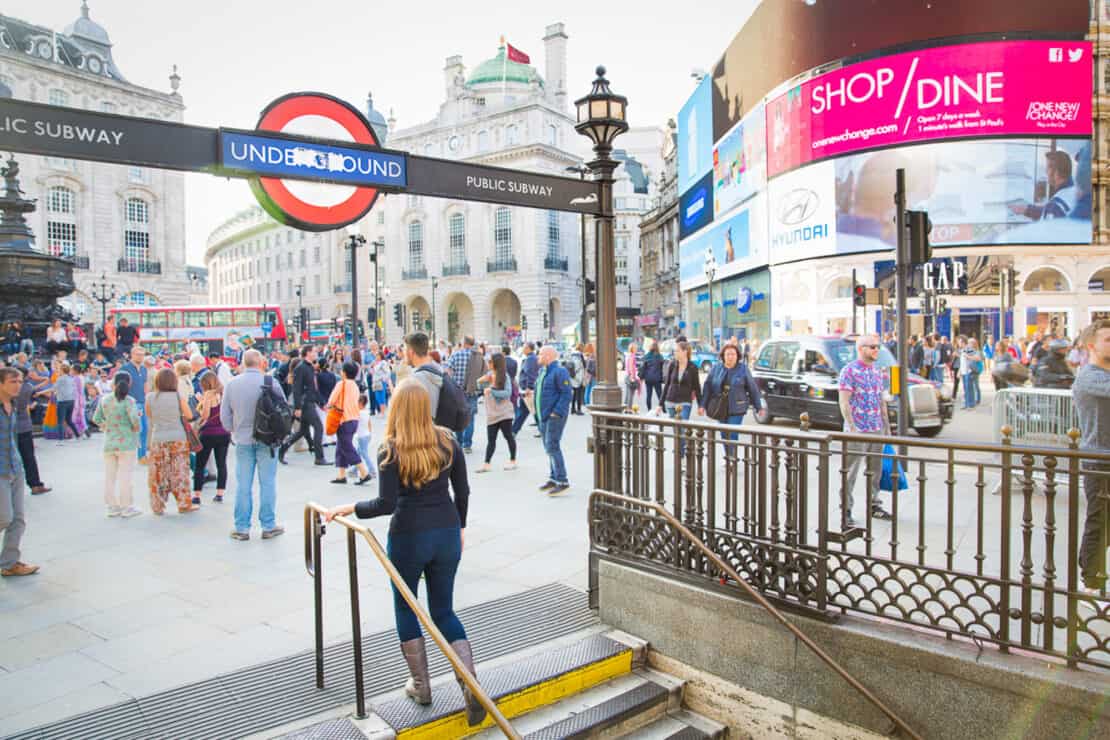
Why bother with nicknames for London?
I love learning about nicknames for London, or nicknames for anywhere, really. As someone born in London, I realise that they are, in a curious way, an essential part of the city’s cultural and linguistic history.
While nicknames can be cruel, they’re more often a form of endearment. They foster a sense of belonging, they’re laced with a dash of informality, a hint of inside knowledge and, let’s face it, a way to save time (something I am always interested in.)
When it comes to London, one of the biggest and most multicultural cities on earth, nicknames aren’t just about the city itself. They’re about the people, its history and its sense of fun.
Let’s get on with it, then, and talk about some of the more interesting ones.
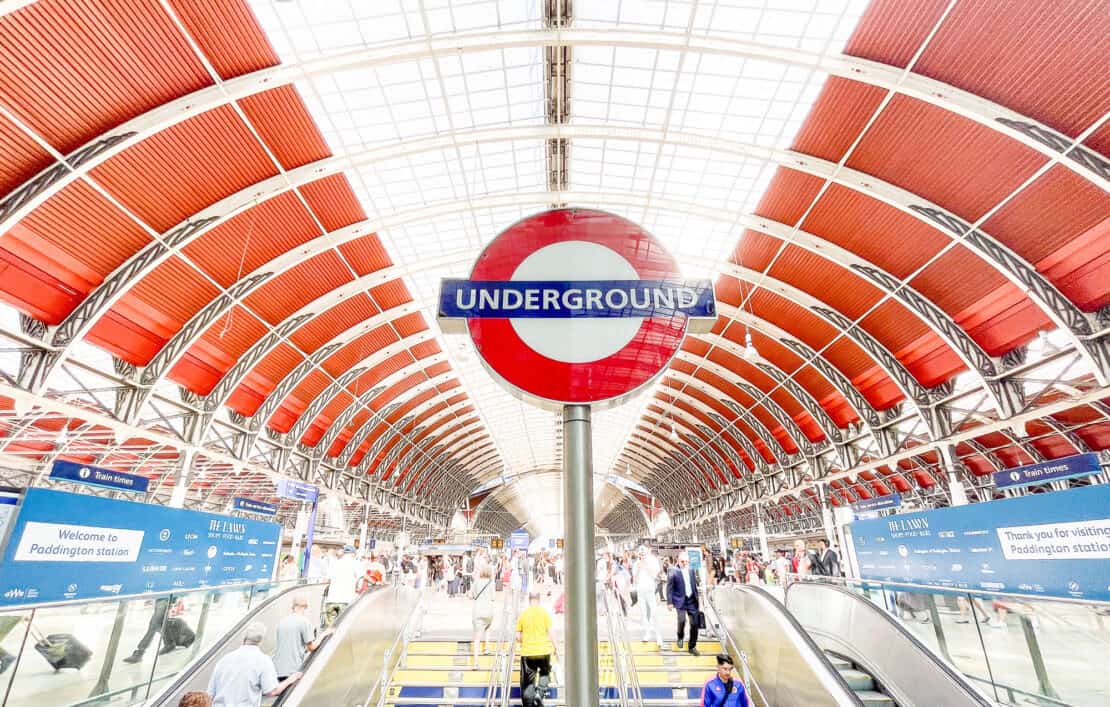
The History of Nicknames in London
London dates back to Roman times, and so do its nicknames. Through the centuries, Londoners have used nicknames as a way to distinguish themselves from one another based on their occupation, physical appearance, or personality traits. Some of the most well-known examples of London nicknames for people include:
- “Pearly Kings and Queens” who were working-class people known for their elaborate pearl-buttoned suits and their charitable work in the early 1900s.
- “Cockneys” who are native East Londoners known for their distinctive accent and rhyming slang.
- “Beefeaters” who are the ceremonial guardians of the Tower of London, named after their traditional role of being in charge of the royal beef rations.
It’s interesting to note that many of these nicknames have become synonymous with London itself and are now recognised around the world. But nothing’s stuck in the past. Life keeps on rolling by and the monikers keep coming.
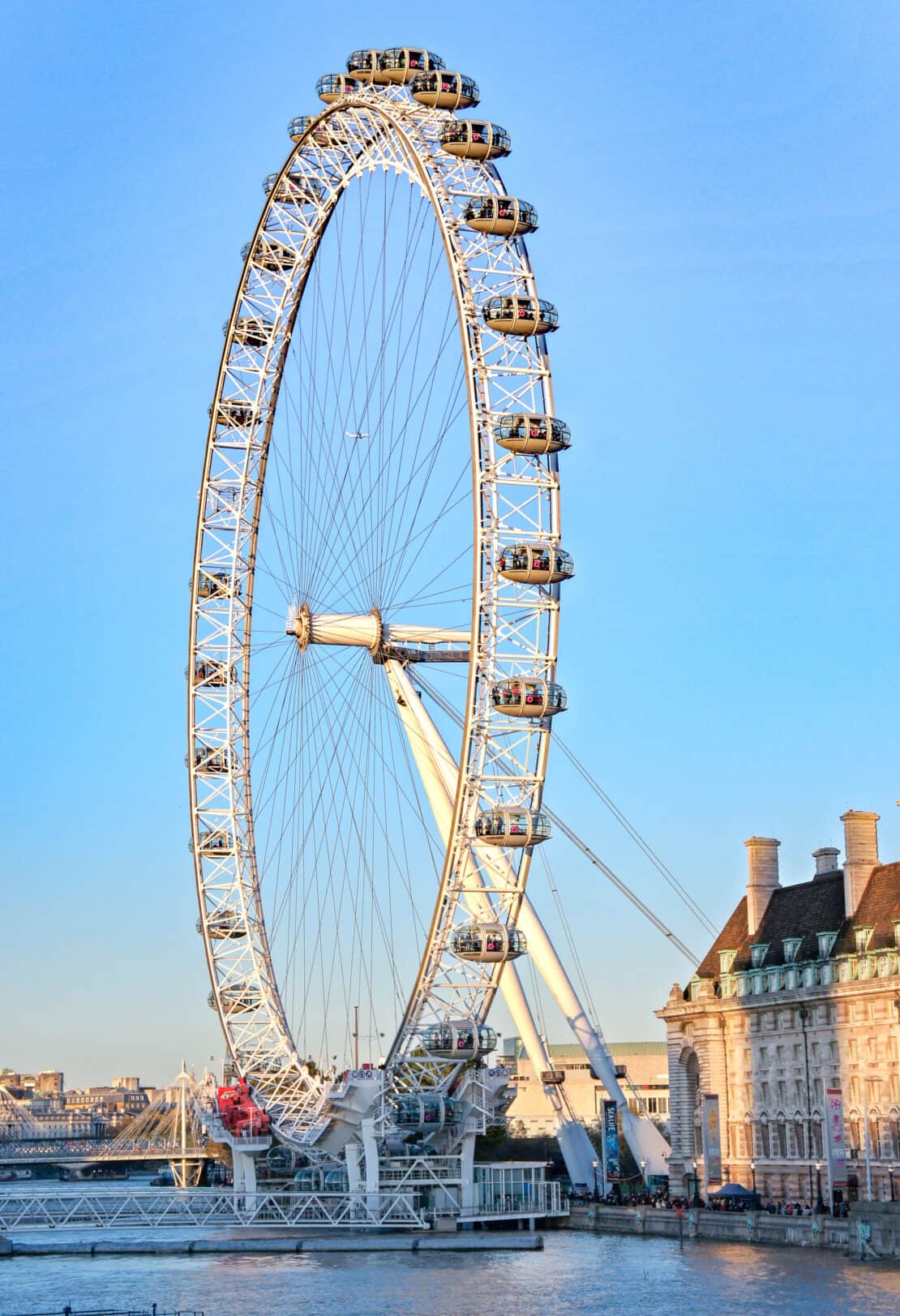
Famous Nicknames in London
Let’s talk about the big ones. Some of the most popular and enduring nicknames for London include:
The Big Smoke
This is probably one of the nicknames I hear the most. Its roots lie in London’s industrial past and the smog that used to envelop the city. I remember my Nana telling me that when things got really bad, you couldn’t see your hand in front of your face. While London has made great strides in cleaning up its air quality, the nickname remains a nod to the city’s history.
The Square Mile
This nickname refers to the City of London, which is the financial district at the heart of the city. Despite its small size, the City of London is a major player in global finance. You’ll hear this the most in the news and in conversation with bankers and actuaries.
The Old Smoke
Another nickname that references London’s smoggy past, this one is often used in literature and poetry to evoke a sense of nostalgia. I haven’t heard it used too much in day to day conversation.
The Capital
Does this really count as a nickname? As the capital city of England, London is often simply referred to as “the Capital”. This nickname speaks to the city’s importance as the seat of government and a global cultural hub.
The Metropolis
This nickname has been in use since the 19th century and speaks to the sheer size and scale of London. At the time, between 1830 and 1925, London was the largest city in the world and this nickname reflects its status as a true metropolis.
The Swinging City
Travel back to the swinging sixties to understand this one. A time of bright colours and flowers when London was at the forefront of a cultural revolution that swept the world. The city was a hub of music, fashion, and art, and this nickname reflects the excitement of that era. Alas, I don’t hear it used too much now.
The City of Dreams
In more recent years, London has become known as a hub of creativity and innovation, particularly in the arts. This nickname speaks to the city’s ability to inspire and attract dreamers from all over the world.
The Global Village
London is one of, if not the, most linguistically diverse cities in the world, with between 250 and 300 languages spoken within the borders of the M25.
The City of Villages
The Romans would scarcely recognise London today but you don’t need to go back that far.
My grandparents’ generation remember villages that were distinct entities which have now been swallowed up into the great conurbation of Greater London.
But that does have benefits. Instead of grid after grid of cookie cutter buildings, London is comprised of many distinct neighbourhoods, each of which used to be a village.
From the trendy streets of Shoreditch to the elegant squares of Mayfair and Belgravia, you will find a sense of character everywhere.
The Green City
Given all the talk of smog earlier on, it’s obvious that the Green City is a more recent nickname. It reflects London’s commitment to sustainability and and the environment, which I wrote about more on this beautiful new project on Sustainable Cities.
London has implemented many initiatives to reduce its carbon footprint and promote green living, including a bike-sharing program and a congestion charge for vehicles.
The Foodie Capital
The Foodie Capital is a nickname that highlights London’s thriving food scene. The city is home to countless restaurants, cafes, and markets that serve up cuisine from all over the world. From traditional British pub fare to Michelin-starred fine dining, there is no shortage of culinary delights in London.
LDN
The nickname LDN for London can be traced back to the early 2000s when it became a popular term used by the city’s youth culture. In fact, I was one of the youth at the time.
LDN derives from the phonetic spelling of London’s name, with the omission of vowels and there’s no surprise that it was invented during the days of mobile phones without predictive text.
It was made famous by British singer-songwriter Lily Allen in her 2006 hit song “LDN”.
Since then, the term LDN has been embraced by many Londoners and has become a symbol of the city’s unique character. Not to mention a hashtag on Twitter and Instagram.
London Town
Again, does this count as a nickname? Well, I suppose since London is such a huge city that calling it a town is a cheeky nod to that. The important part is not to pronounce Town in the Queen’s English way. It’s not T-ow-n but tah-n.
The Great Wen
The Great Wen is a nickname for London that dates back to the 19th century. It was first coined by William Cobbett, a journalist and social commentator, who used the term to describe the city’s rapid growth and urbanization.
The term “wen” means a boil or pimple, and Cobbett used it to convey his disgust at the way London was expanding and changing.
Despite the negative connotations of the nickname, Londoners have come to embrace it over the years. Today, it is often used affectionately to refer to the city, and it has even been used as the name of a popular blog about London life.
But… I’ve never heard anyone say it out loud.
Londinium
The name Londinium was given to London by the Romans when they established the city as a major settlement in AD 43. The Romans saw the potential for the city to become a thriving hub of commerce and culture, and they were right.
London has since grown to become one of the most influential cities in the world, with a rich history and a diverse population.
Although few people still wear togas…
Did you know? Some fun facts about London and its nickname, Londinium, include:
- The name Londinium is thought to have come from the Celtic word “lond” or “lon,” which means “wild” or “rough.” This likely referred to the swampy, marshy terrain that the Romans had to contend with when building the city.
- The Roman walls that surrounded Londinium can still be seen in some parts of the city today, including near the Tower of London and the Barbican Centre.
- London’s history as a major trading centre dates back to the Roman era, when goods from all over the empire were imported and exported through the city.
- The nickname Londinium is still used by some historians and scholars today when referring to the Roman-era city.
Overall, London’s many nicknames serve as a testament to the city’s rich history, diverse culture, and vibrant present-day character.
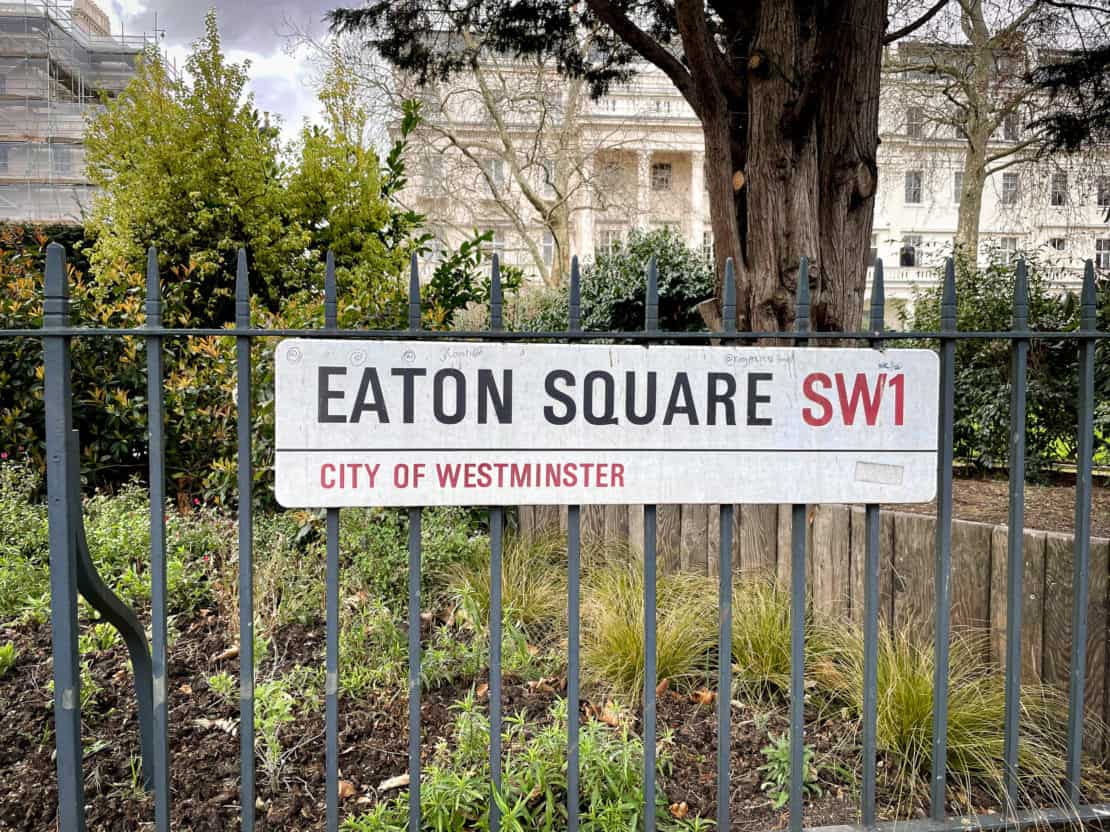
Regional Nicknames in London
Why stop at describing the whole city when we can narrow down on some zones? As you’ll see, some are the least imaginative nicknames you can, well, imagine but others are pretty clever. Let’s go…
- The Square Mile: This nickname refers to the City of London, which is the historic and financial center of the city. It’s called the Square Mile because it covers an area of just over one square mile.
- The East End: This nickname refers to the area of London that lies to the east of the City. It’s traditionally been a working-class area and is known for its diverse communities, street markets, and many historic landmarks. One of the longest running soap operas on British television is called Eastenders and focuses on the lives of the people who live here.
- The West End: This nickname refers to the area of London that lies to the west of the City but not too far west. It’s known for its high-end shopping, theatres, and entertainment venues, as well as its many historic buildings and landmarks. But by the time you travel west enough to hit Paddington, you’ve gone too far.
- The South Bank: Southbank or South Bank describes the area of London that lies along the south bank of the River Thames (What a surprise!) It’s known for its many cultural attractions, including the National Theatre, the Tate Modern, and the London Eye. And it’s one of the best places to visit for an evening stroll, along with other unique things to do in London for couples.
- Camden Town: This area is known for its alternative music scene, street markets, and punk rock history. It’s also home to the famous Camden Market, which offers a wide variety of food and unique shopping experiences.
- Notting Hill: Known for its colourful houses, annual carnival celebration, and Portobello Road Market, Notting Hill also serves up independent shops, cafes, and restaurants. And, of course, it’s the name of the film that stars Hugh Grant and Julia Roberts.
- Covent Garden: Listen for the thumping, thrumming beat of the drums in Covent Garden, home to street performers who cluster around its historic market. Covent Garden is also home to the Royal Opera House and many theatres, making it a popular destination for tourists and locals alike. There is, though, no garden.
- Soho: Soho is the sexy and exciting part of London, known for its nightlife, Chinatown and many LGBTQ+ bars and clubs.
- South of the River & North of the River. As you might expect, this refers to the geographical areas north and south of the River Thames. But there’s more to it than that. North of the River, people see the south as an uncultured wasteland. South of the river, people see those from the north as pretentious and shallow. Taxi drivers will often begrudge travelling south of the river from the West End.
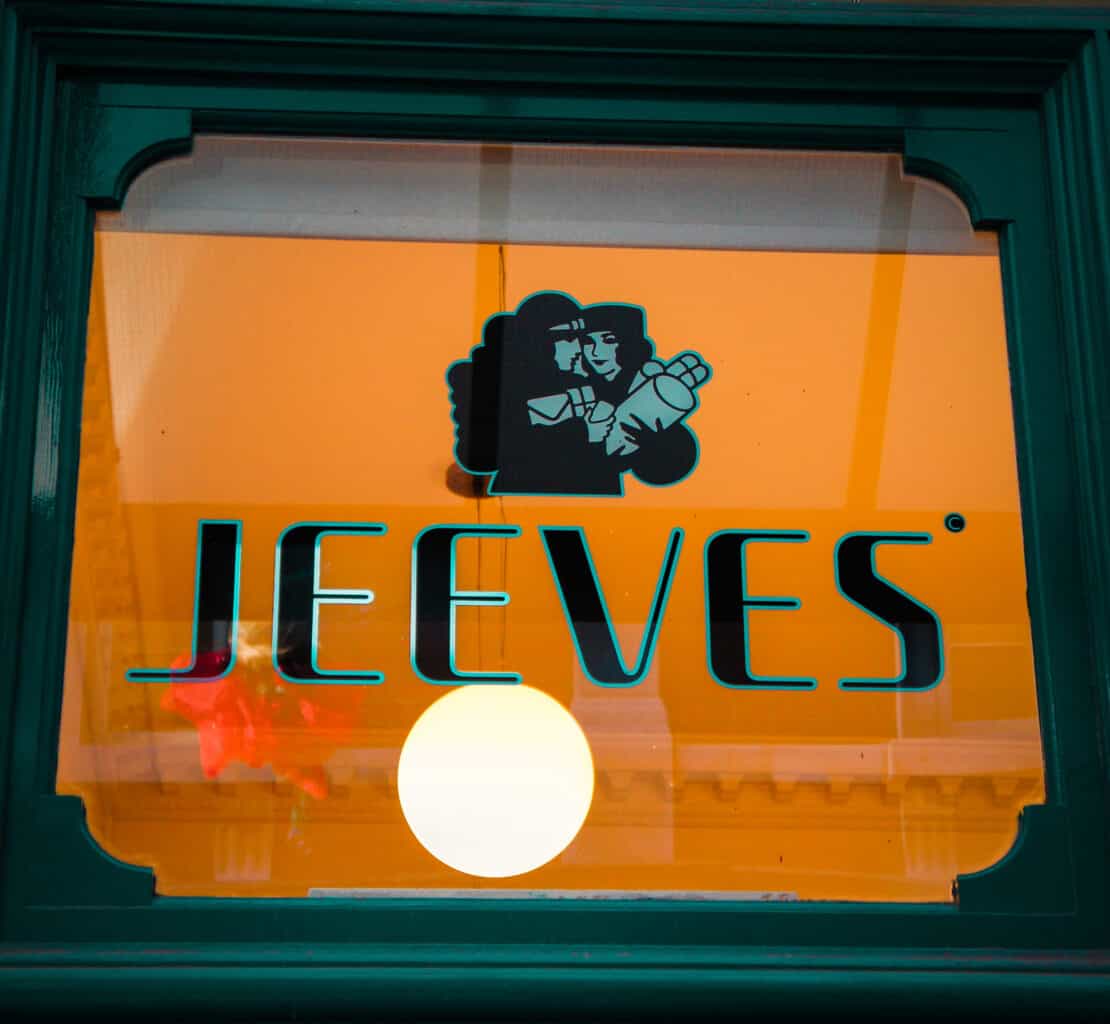
Nicknames for Londoners
Here are some of the most common and enjoyable nicknames for Londoners:
- Cockneys: This term originally referred to people born within the sound of Bow Bells in East London, but now it is used more broadly to refer to anyone from London with a working class accent.
- Londoners: The most straightforward nickname, this one simply refers to anyone who lives in London or who was born there.
- Pearly Kings and Queens: These are Londoners who dress up in elaborate outfits adorned with mother-of-pearl buttons. They are sometimes seen collecting money for charity on the streets of London.
- City slickers: This term is often used to describe wealthy or successful Londoners who work in the financial district known as the City of London.
- Eastenders: This nickname is reflected in the popular BBC soap opera set in the East End of London, and it is used to refer to anyone from that area.
- North Londoners: People from the northern suburbs of London are often called “North Londoners”.
- South Londoners: Likewise, those from the southern suburbs are known as “South Londoners”.
- West Londoners: And finally, people from the western suburbs are called “West Londoners”. Exciting, eh?
- Sloane Rangers: young socialites with a lot of money and not a lot of brains who live in and around Sloane Square, wear preppy clothes, hang out at members-only establishments and attend private schools. At the weekend, they head to the country for horse riding and shooting. Also sometimes nicknamed Sloanies.
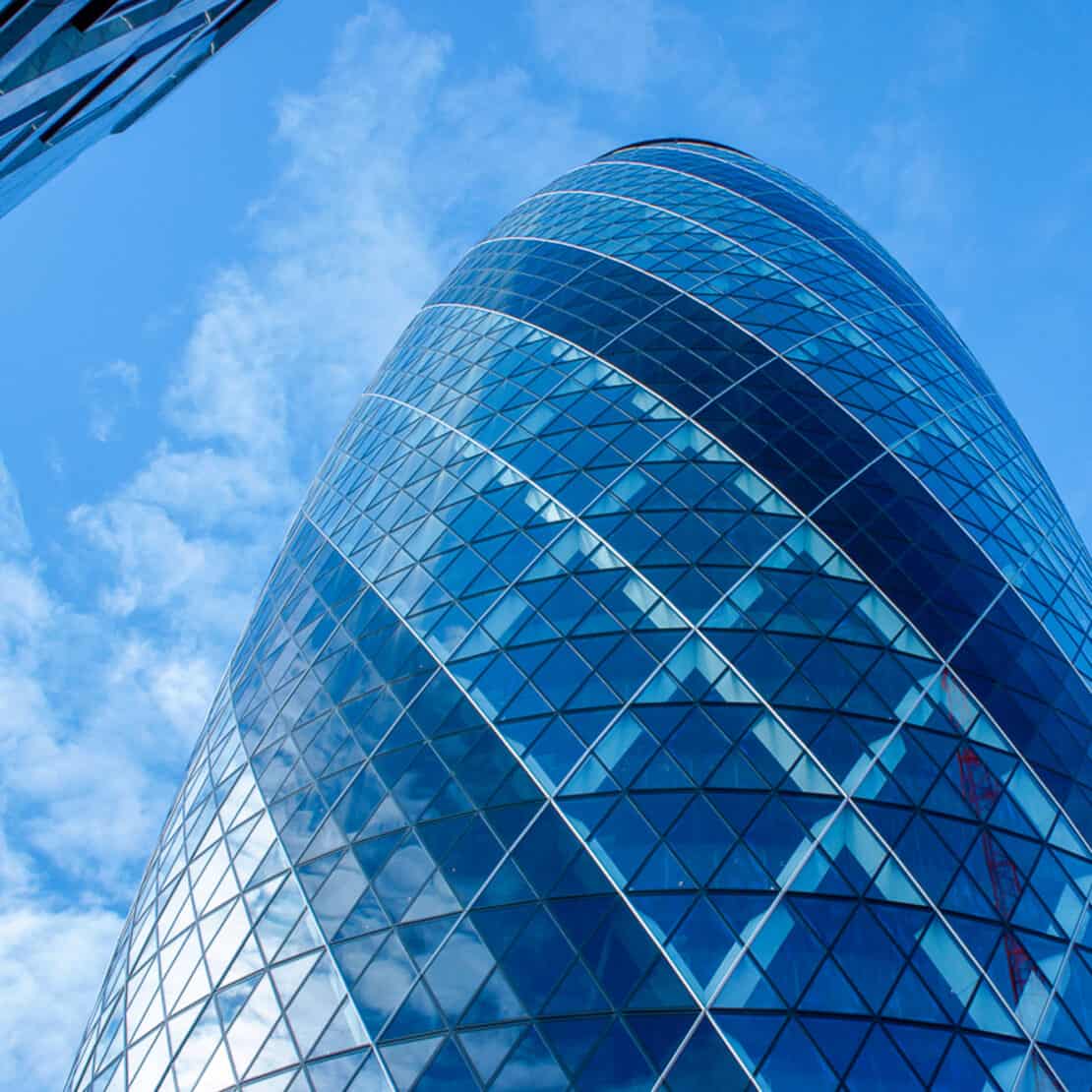
Other Fun Nicknames in Pop Culture and London slang
Big Ben
While often thought to refer to the iconic clock tower at the north end of the Palace of Westminster, the nickname itself refers to one of the bells inside.
The Gherkin
The Gherkin, also known as 30 St Mary Axe, is a skyscraper in the heart of London’s financial district.
Designed by architect Norman Foster and completed in 2003, the building’s unique shape and glass exterior make it a distinctive landmark of the city’s skyline.
Standing at 180 meters tall, it offers stunning views of London from its top floors. The Gherkin is home to several offices and businesses, and has won numerous awards for its innovative design and sustainability features. It is a must-see for visitors to London who appreciate modern architecture.
The Pringle
The Lee Valley Velodrome, located in London, is an indoor track cycling venue that was constructed for the 2012 Olympic and Paralympic Games. It has a distinctive curved roof and a 250-meter track, making it one of the fastest tracks in the world.
The Velodrome has since become a popular destination for both professional and amateur cyclists, offering a range of programs and events throughout the year. The venue also has excellent facilities, including a gym, changing rooms, and a café.
Overall, the Lee Valley Velodrome is a world-class facility that has helped to promote cycling in the UK and beyond.
Oh, and because of its shape, Londoners call it the Pringle.
The Walkie Talkie
The Walkie Talkie building, officially known as 20 Fenchurch Street, is a skyscraper located in the financial district of London. Completed in 2014, the unique design of the building features a curved shape that widens towards the top, earning it the nickname “Walkie Talkie.”
The building stands at 160 meters tall and really does provide stunning views of the city from its public Sky Garden on the top floor.
While it has been praised for its innovative architecture, the building also faced criticism for its tendency to reflect intense sunlight and create a “death ray” effect on the ground below.
Nonetheless, the Walkie Talkie remains a notable landmark in the London skyline.
Scotland Yard
Scotland Yard is a famous nickname for the headquarters of the Metropolitan Police Service in London, England.
The name originated from the location of the original police station, which was situated on Great Scotland Yard. Over time, the name Scotland Yard became synonymous with the police force itself, and it has been used in countless books, films, and television shows as a symbol of law enforcement in the UK.
Today, Scotland Yard is still a vital part of the police force, and it continues to be a recognisable and iconic landmark in the city of London (aka, you will see news reporters shivering outside its rotating sign every time they need to report on the Met.)
The Clink
“The Clink” is a nickname often used to refer to a prison or jail. But where does it come from?
The Clink was a notorious prison in Southwark, London, which was known for its harsh conditions and cruel treatment of inmates. Today, the term is still commonly used to refer to prisons, especially in the UK, and has become a part of popular culture.
The Tube
The nickname “the tube” is commonly used to refer to the London Underground, which is the oldest underground railway network in the world.
The name is derived from the cylindrical shape of the tunnels used for the trains, which resemble a tube. Despite its age, the tube continues to be a vital component of London’s infrastructure, connecting millions of people to all corners of the city each day.
Just make sure to mind the gap.
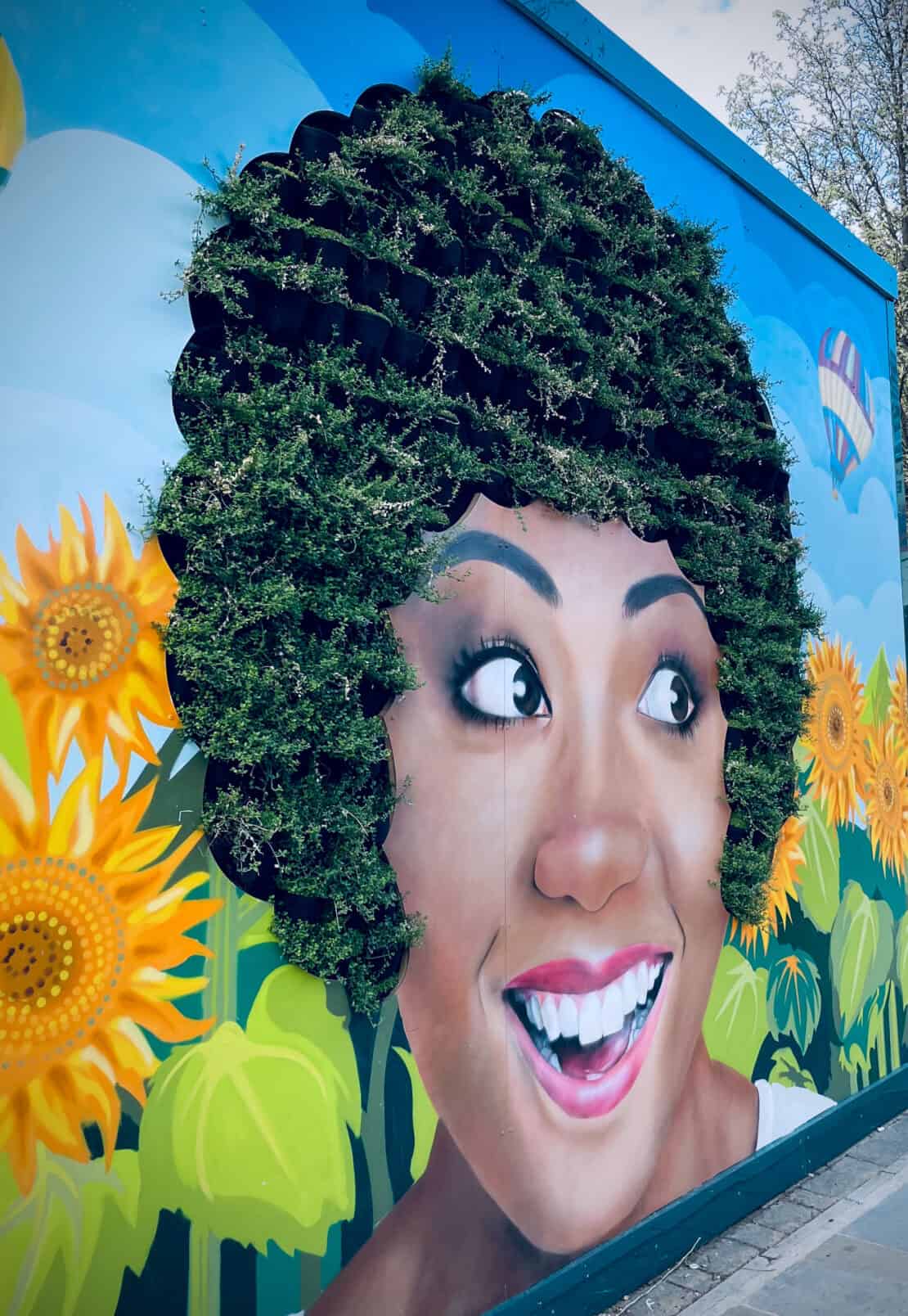
In Conclusion
Overall, nicknames are an important aspect of London’s cultural identity and help to foster a sense of community and belonging among its residents.
Plus, of course, they’re fun.
More About London
- 101 great ideas for autumn in London
- The best things to do in Belgravia, London’s most refined neighbourhood
- How to spend 72 hours in London: your perfect London itinerary
- The best things to do in Kingston upon Thames in London
- 101 Unusual things to do in London
- What is London famous for?
